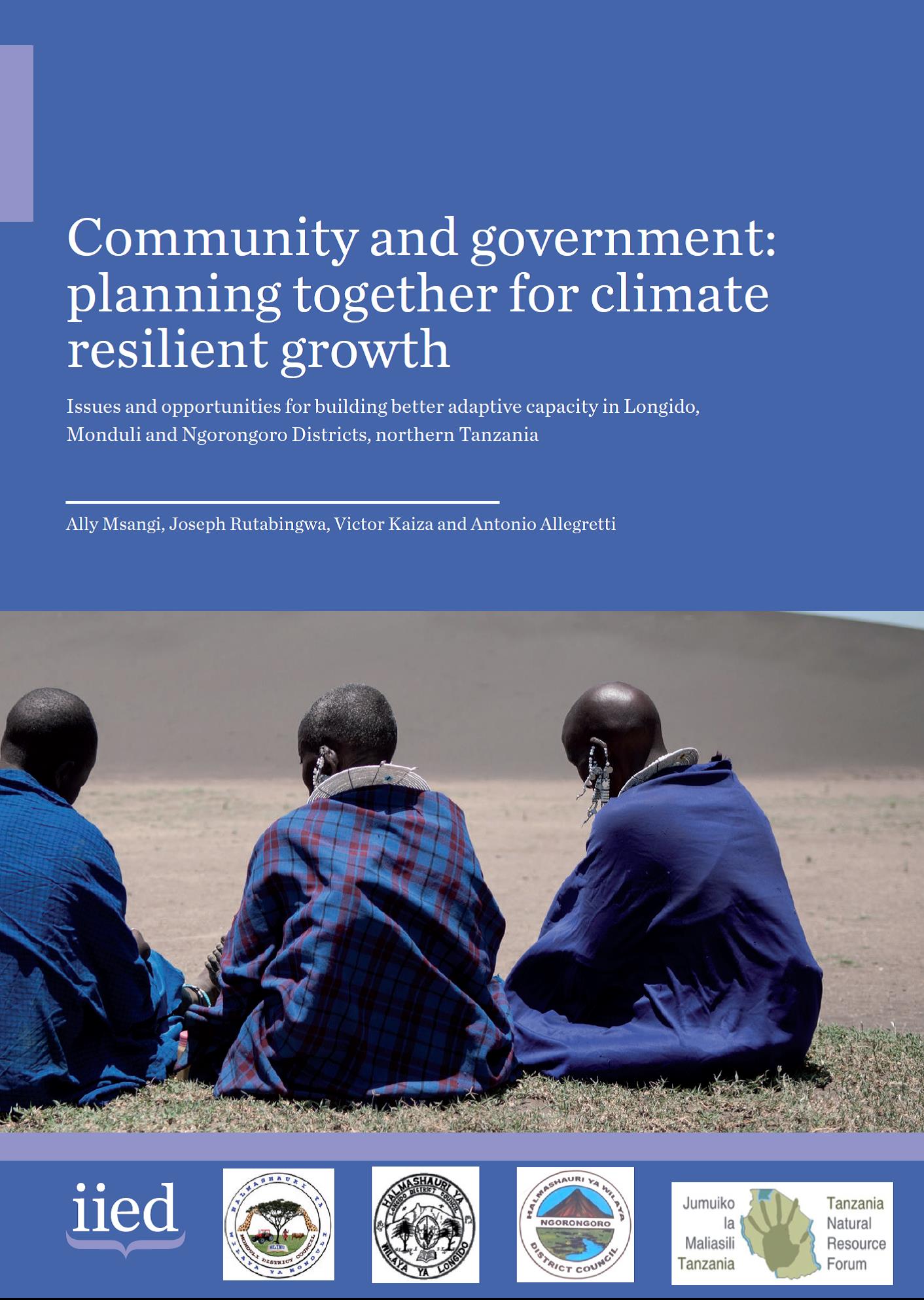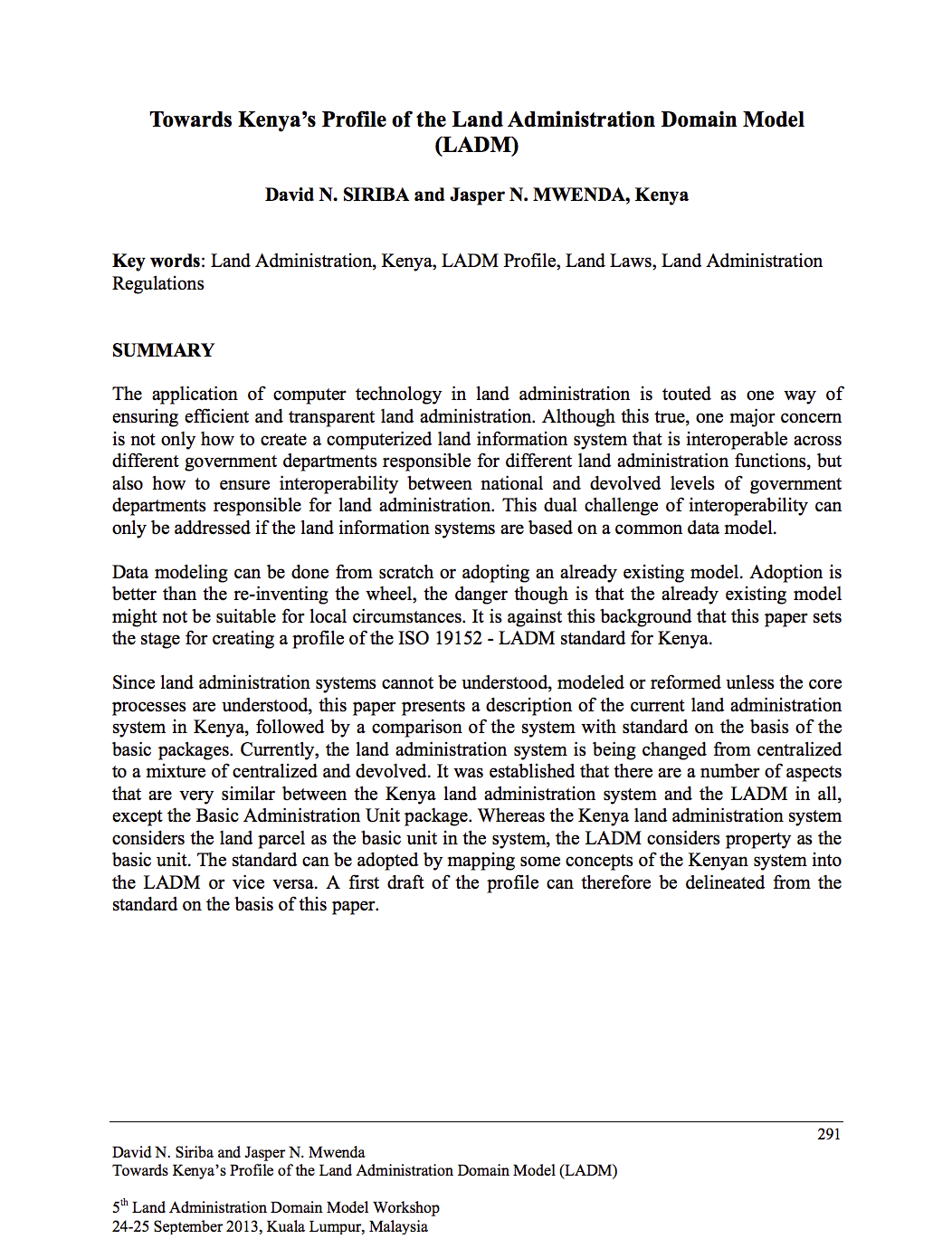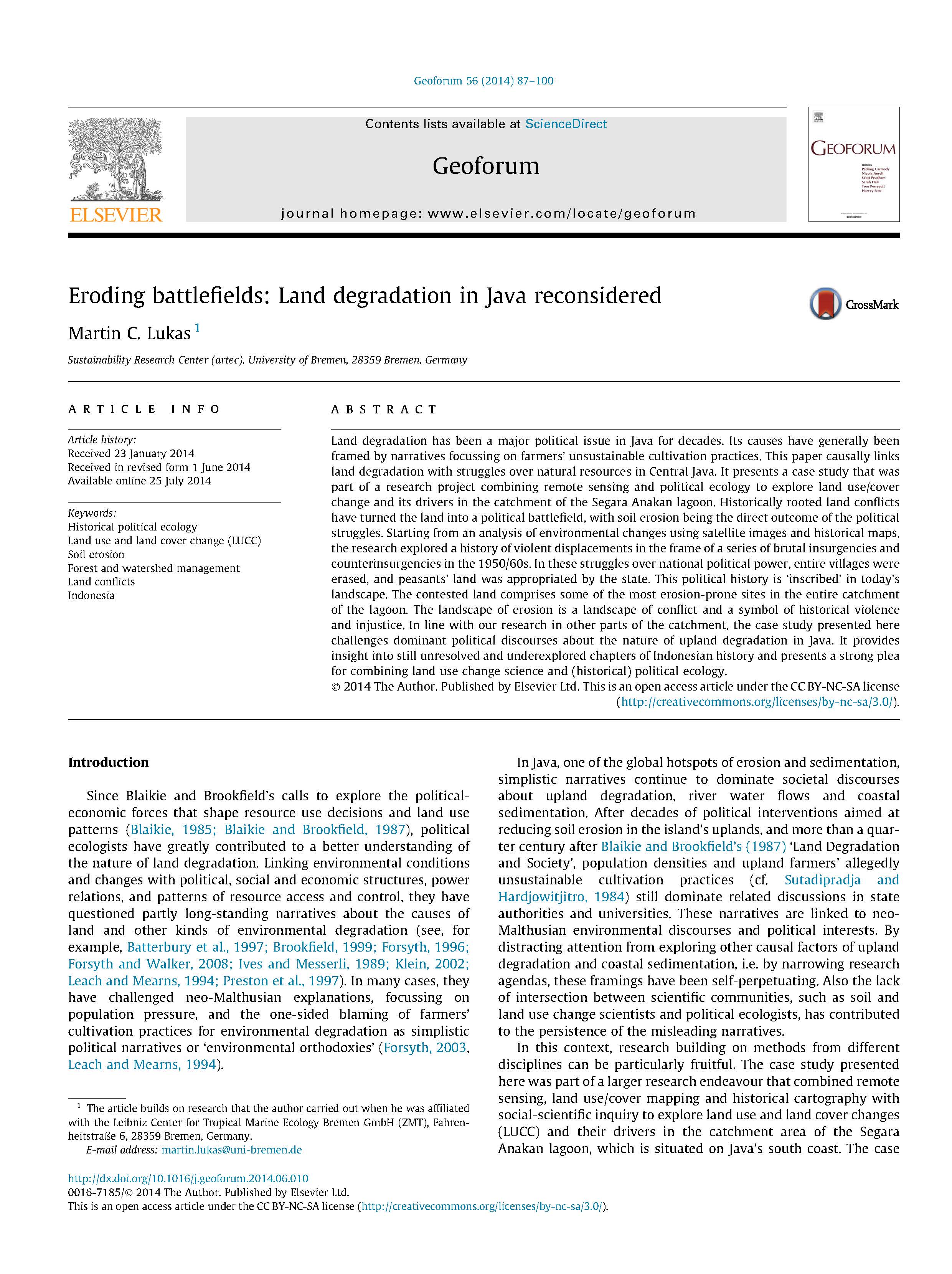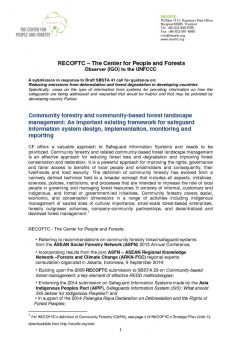Does Land Tenure Insecurity Drive Deforestation in the Brazilian Amazon?
The purpose of this paper is to highlight the detrimental impact of land tenure insecurity on deforestation in the Brazilian Amazon. It is related to recent controversies about the detrimental impact of land laws on deforestation, which seem to legitimize land encroachments. The latter is mainly the result of land tenure insecurity which is a key characteristic of this region and results from a long history of interactions between rural social unrest and land reforms or land laws. A simple model is developed where strategic interactions between farmers lead to excessive deforestation.












